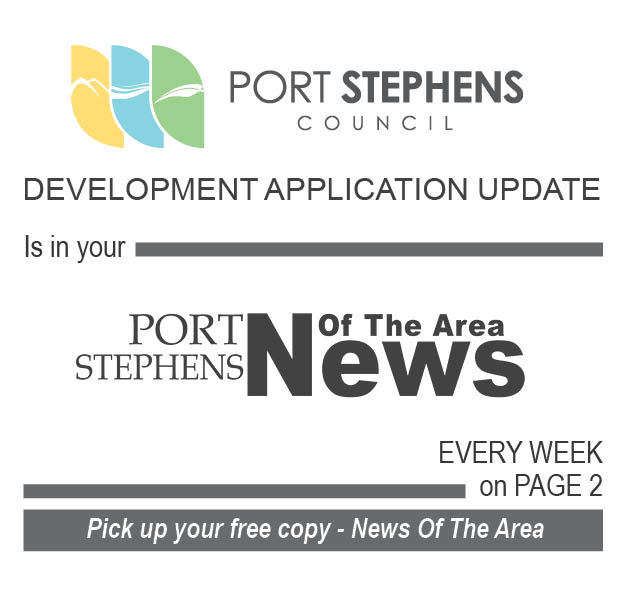PEOPLE in the Hunter, New England and the Mid-North Coast are more than seven times more likely to die on roads than their metropolitan Sydney counterparts.
Bureau of Infrastructure and Transport Research Economics data shows in the twelve months to 30 September 2023, 240 Australians died on the roads – up 4.6 percent on the corresponding period a year earlier.
 Advertise with News of The Area today.
Advertise with News of The Area today.It’s worth it for your business.
Message us.
Phone us – (02) 4981 8882.
Email us – media@newsofthearea.com.au
The NSW toll rose even more – up by 17.2 percent (340 deaths, up from 290).
Two-thirds of those NSW deaths occurred in regional areas including the Hunter, New England, and the Mid-North Coast, which have suffered high road death tolls for many years.
The Hunter had 87 road deaths from 2017-21, which is 9.75 deaths per 100,000 people.
The NSW average was 4.04 deaths per 100,000 people.
Australia’s peak motoring body says governments must respond to the crisis by publishing data about the causes of crashes, the condition of our roads, and patterns of law enforcement.
“This would enhance transparency and give experts the information needed to create more effective road safety policies,’’ said AAA Managing Director Michael Bradley.
“The NSW Government holds the data we need to understand these figures, but like other states and territories, it’s not making it public.
“Data transparency is a better way.
“It’s common sense, will cost nothing and will save lives.’’
Earlier this year the AAA polling conducted uncovered a high level of public cynicism about the way governments make decisions about road funding.
The polling found 43 percent of voters in the area believed road funding was allocated for political reasons, not to improve road safety.
“That’s the highest level of cynicism we found in the dozen seats we looked at,’’ Mr Bradley said.
“Anyone familiar with the Hunter knows people travel long distances on treacherous roads.
“The region’s strong population growth isn’t being matched by commensurate road investments, which means many roads are now carrying more traffic than they were built to handle.’’

